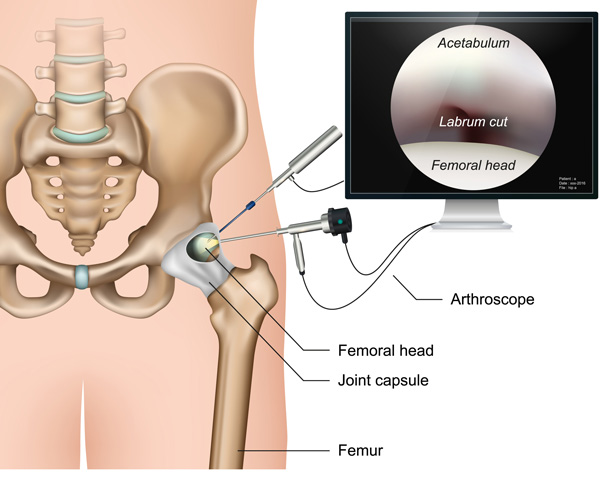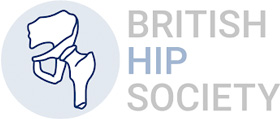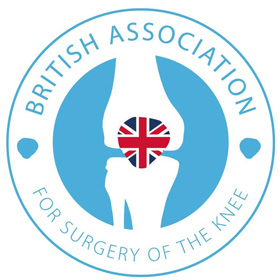
The hip is examined and treated by keyhole surgery. A camera and instruments are used to reach the hip joint and carry out treatment.
Hip Arthroscopy
What is hip arthroscopy?
Hip arthroscopy is a surgical procedure in which the hip joint is viewed using a small high-definition camera. This allows the diagnosis and treatment of a range of hip conditions including: removal of loose bodies, evaluate and treat articular surface damage, remove torn portions of the labrum, treat snapping hip syndrome and early arthritis. However, patients with advanced osteoarthritic changes in the hip joint generally do not benefit from arthroscopic hip surgery.
What are the benefits?
Hip arthroscopy is much less invasive than traditional hip surgery. This means:
1. Early rehabilitation
2. Accelerated rehabilitation course
3. Less time in hospital (1 post-operative night / possibly day case)
4. Smaller incisions
5. Early return to sport and activity
Before any surgical intervention the use of specialist imaging is essential to gain as much diagnostic information as possible. This may include plain radiographs (X-rays), MRI scans (sometimes with an injection of contrast into the hip joint), ultrasound scans, and CT scans of the bone.
Imaging techniques are very good but not infallible. No abnormality seen does not mean no abnormality present. In some cases, open hip surgery may be needed as an adjunct to arthroscopic surgery. Recovery time following open surgery may be longer.
What does hip arthroscopy involve?
Arthroscopy is performed through small incisions (about 1cm each). A camera will be inserted into one incision to visualise the inside of the joint and small surgical instruments through the other incisions. Traction is applied to the leg to achieve a good exposure of the joint.
The surgery usually takes approximately 2 hours to complete and is usually carried out under general anaesthesia. You will be an in-patient for 2 nights. Prior to surgery Mr Jennings will discuss your treatment and recovery.

The hip is examined and treated by keyhole surgery. A camera and instruments are used to reach the hip joint and carry out treatment.






